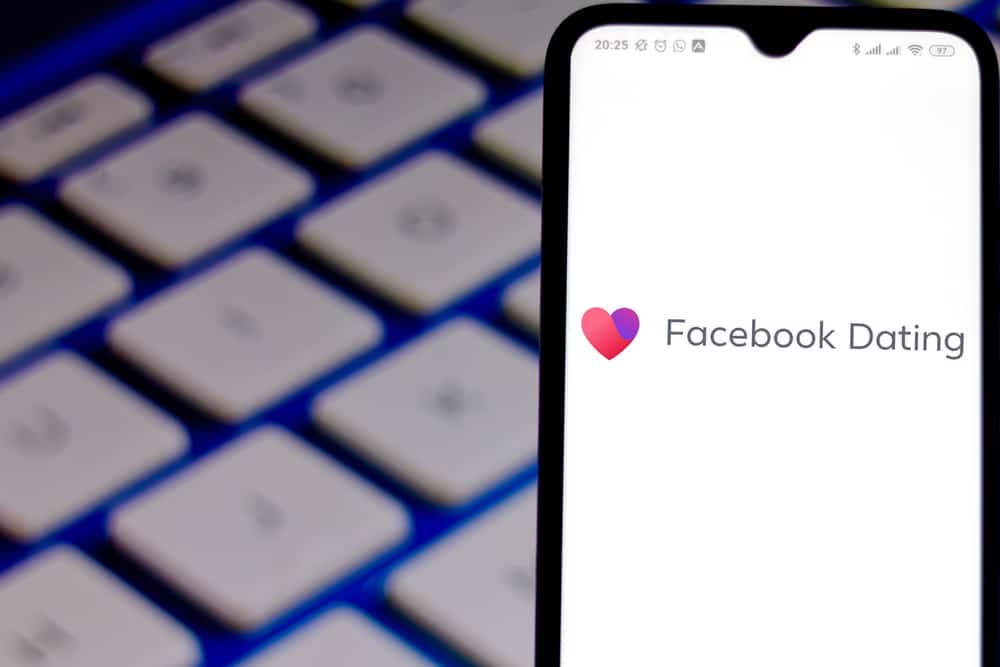What is Your Digital Footprint & How Can You Manage It?
Michelle Wilson - October 14, 2021

Everything you do online leaves a trace. Whether it’s reading an email, liking a post on social media, or looking at a photo, your actions create a trail of data that interested parties can trace back to you.
This accumulated data is known as your digital footprint, and it’s capable of telling interested parties, such as advertisers, employers, and retailers, information about you. They can then use this data to create targeted ads, determine your eligibility for a job, or furnish you with products you need. That means that every click, every pause in scrolling, and every keystroke you make is recorded and accessible to anyone who’s interested.
In fact, it might surprise you to know exactly how much data is gets collected every day. According to a report by cloud software firm DOMO, Americans use 4,416,720 GB of internet data every single minute. This includes 188,000,000 emails, 18,1000,000 texts, and 4,497,420 Google searches. In other words, every second we’re online, we’re creating data that provide others with information about use.
Table of Contents
What is a Digital Footprint?

In brief, your digital footprint is anything and everything either about you or created by you online. This includes your social media profile and activity, your own website, articles that you wrote or about you, as well as websites you visited. Furthermore, this information has no time limit. In other words, it remains on the internet forever.
Furthermore, it includes both information that’s readily available and information that is hard to find. By this, we mean that your digital footprint isn’t just data created through active actions. It also contains passively created data. For instance, if you visit a website that collects your IP address, this is a passive activity. By contrast, when you share an image on social media, this is an active activity.
The data you create through your digital footprint is often used to obtain personal information about you. For instance, someone can glean your demographics, religion, political affiliations, or interests from your digital footprint.
Most of your digital footprint gets accumulated through cookies. Cookies are small files that websites store on your computer after your first visit so they can track your activity. Cookies are also helpful to you. For instance, through cookies, you can hold items in a shopping cart, store login information or preferences, and receive personalized suggestions based on your location or interests. However, there’s also a reciprocity factor to cookies. The information that cookies collect that helps you can also be used by advertisers to target you with custom ads.
Imagine, for example, that you look at some sweaters online. This fact will be recorded by cookies, enabling advertisers to show you ads for these same sweaters or similar items when you browse elsewhere.
Employers can also use your digital footprint to find things out about you. In fact, when an employer runs a background check these days, it’s common for them to run an online background check as well. This usually involves conducting a Google search using your name to see if anything unsavory comes up. Therefore, if you’re on the job hunt, you’ll want to make sure you know what your digital footprint reveals about you ahead of time.
5 Ways to Manage Your Digital Footprint

The contents of your digital footprint can impact your reputation, relationships, and employment opportunities both negatively and positively. For these reasons, you must know exactly what your digital footprint says about you. You should also be proactive in taking steps to rectify anything in your footprint that reflects poorly on you.
The following steps will guide you in gaining insight into finding out what information there is about you online and how to manage your digital footprint.
Run a Background Check on Yourself
The first thing you need to do is pretend to be a potential employer or interested party and conduct a Google search on yourself. This will allow you to take inventory of what’s out there and become cognizant of the information that others have access to. However, a Google search may not be thorough enough, so you should also employ a service to run a background check on yourself. This is important because what shows up on a background check is often of greater importance to an employer than what shows up in a Google search. After all, a background check can reveal a person’s criminal history, whereas a Google search may only reveal that you had a pony obsession in high school.
Use Google Alerts
Google Alerts is a tool that enables you to receive notifications whenever new content with a specific keyword or term appears on Google. Therefore, to ensure that you remain apprised of every bit of information published about you, you should set up a Google alert for your name. Additionally, you may want to set up Google alerts for your social media handles and/or gamer tags.
Go Old School
The convenience of technology has made it easier than ever for your data to be harvested by cookies and various trackers. For instance, many apps allow you to connect your social account to speed up the registration process. Additionally, while digital wallets are a convenient way to pay for things, they let interested parties know what banks and credit card companies you subscribe to. These are just a few examples of the ways technology makes our lives more convenient and makes our information vulnerable. Therefore, you should be mindful of what information you make accessible.
Monitor Your Social Media Presence
You’re likely familiar with the media’s current obsession with digging up celebrities’ old social media posts. Unfortunately, this hobby has seen many a popular celebrity “canceled,” and it can happen to you too. Therefore, you must think twice before you post anything on social media. The internet is forever, and even something you delete leaves a trace. The last thing you want is for something written offhandedly or in the heat of the moment to come back to haunt you.
Sharing Images
A photo’s metadata is information that describes the image as well as its rights and administration. For instance, the metadata may include information about who the people are in the photo, who the copyright belongs to, and the date and location of where the image was taken. In this way, an image that’s shared online can be traced back to the original poster. This can be problematic if someone takes your photo and uses it maliciously. It can also be a problem if you share a questionable image. Therefore, you need to be extremely cautious about any image you share online. There can be no anonymity with photo metadata, and if an image is negatively received, this will impact your digital footprint.
Are There Advantages to Digital Footprints?
Although a digital footprint can negatively affect you, it’s not all bad. In fact, when managed correctly, a digital footprint can offer people a great first impression. After all, now that you know a hiring manager may be looking at it, you can take steps to make your footprint as good-looking as possible.
Digital footprints are also beneficial for a number of other reasons. For instance, people can use them to solve crimes. Perhaps the most famous example of this is the internet sleuth Facebook group that helped catch Luka Magnotta. The investigators mainly used Magnotta’s internet postings to collect evidence and eventually pin down his location.
Another way that digital footprints are advantageous is in the information they provide to help communities. For example, data collected from meth users showed that adult meth use was reduced by 72 percent after showing meth users social media advertisements depicting the adverse side effects of using meth. This provided valuable information to those seeking to affect social change within their community. Finally, digital footprints help small businesses gain customers by advertising on Facebook. Facebook uses the digital footprints of its users to help businesses deliver advertisements to the right audience. As a result, 18.3% of US adults made a purchase through Facebook in the last year.











